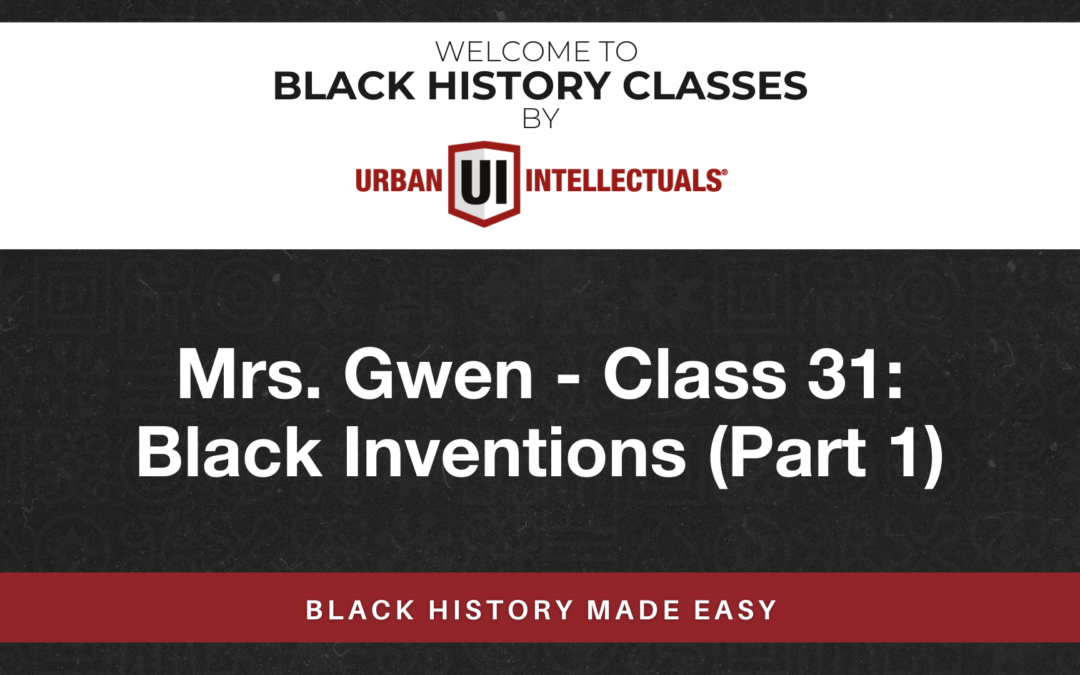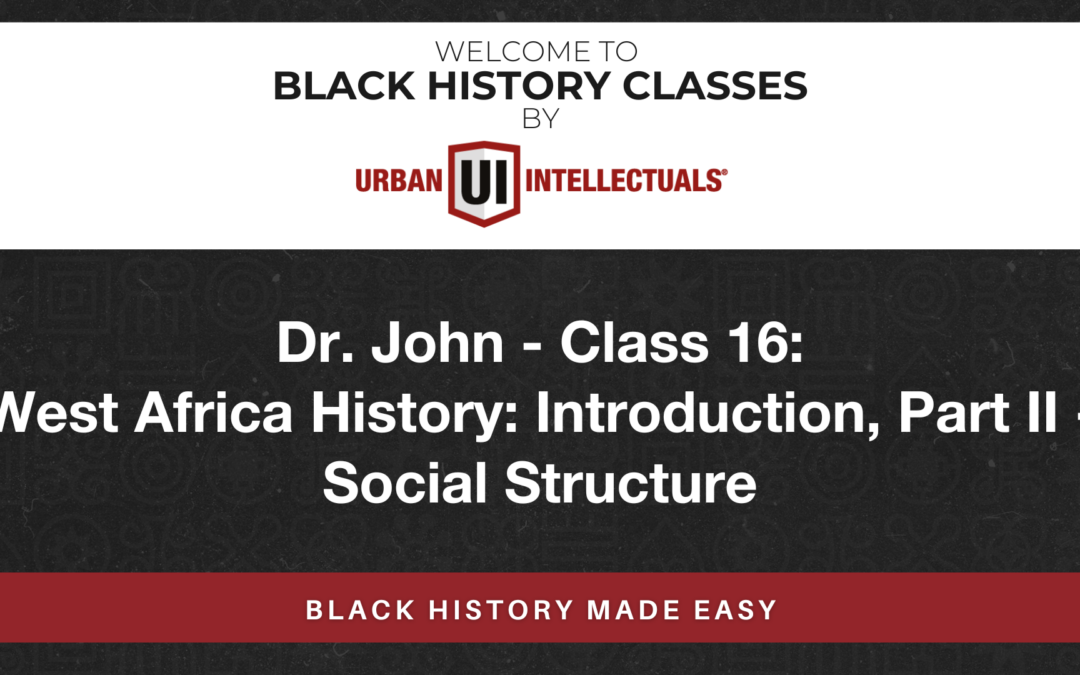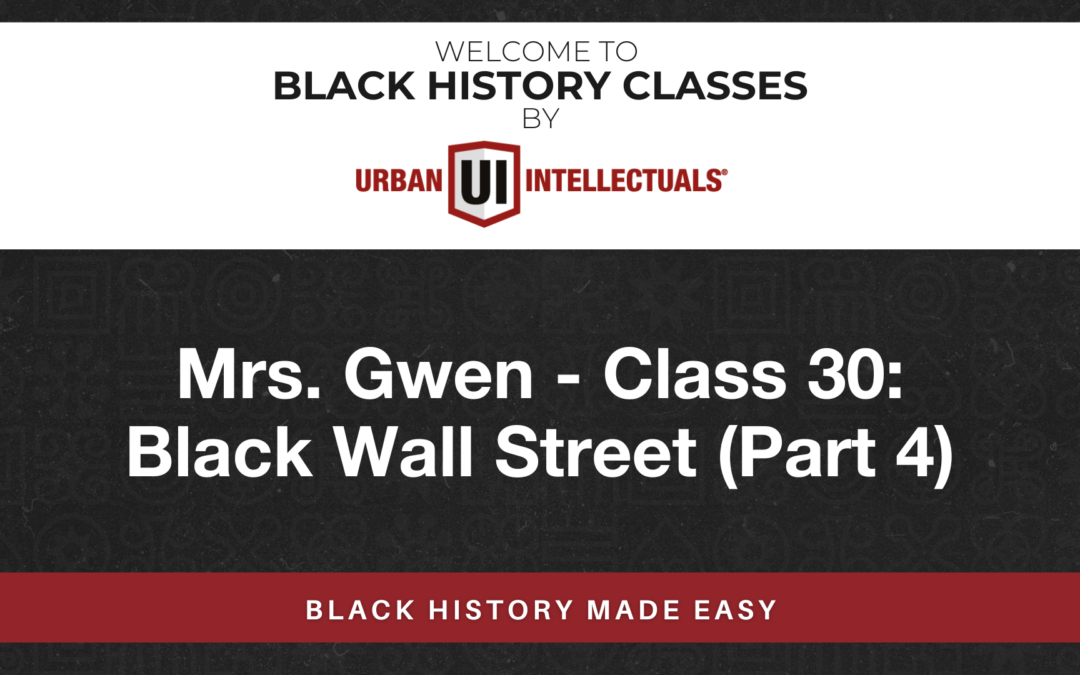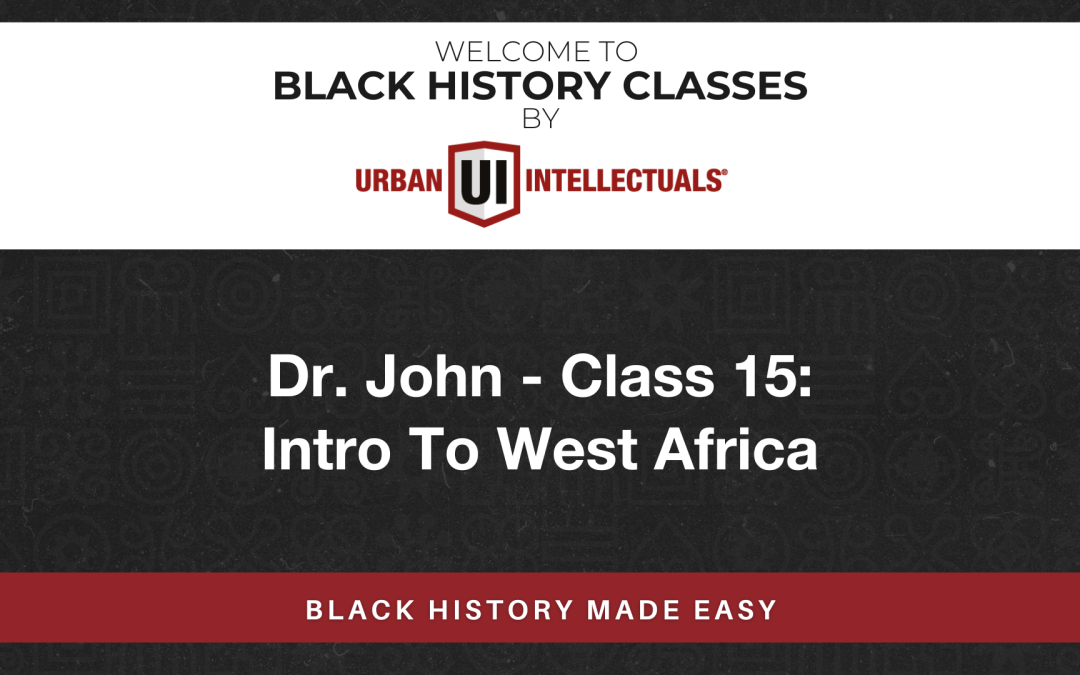
Class 31: Black Inventions (Part 1)
CLASS OVERVIEW
Learn about the foods invented or brought to the United States by people of African descent.
BEFORE YOU GET STARTED:
- Please check the materials that go with this lesson and print relevant materials.
- Also, check out the books and products the teachers use for further learning.
- Reach out to support@urbanintellectuals.com if you have any questions or issues.
- Some links may be affiliate links where we may earn a small commission from purchases.
Sources:
https://drive.google.com/file/d/1srpiq9ejVKZEsW6F8q7Q9sGTLyQ6oQPI/view?usp=drivesdk
Study Guide
STEVE HENSON
Born 1918 died 2007
Steve Henson worked as a plumber contractor in Alaska for 3 years. He started cooking for the crew and made a buttermilk style dressing for salads. He moved to Nebraska with his wife and bought a ranch and called it Hidden Valley. He and his wife perfected the dressing in 1949 and they called the dressing ranch dressing from The Hidden Valley Ranch. His buttermilk dressing soon became a staple at the dinner table at Hidden Valley Ranch and before long, he started selling it to guests and local supermarkets. Over 20 years later in 1972, the couple sold their name and recipe to Clorox for 8 million. Not bad for a little buttermilk mayo and herbs. First it was sold in packets as a dry milk, then in bottles in 1983, also Cool Ranch Doritos became a hit in the grocery stores in 1986.
JAMES HEMMINGS
BORN 1765 in Charles City County, Virginia
DIED 1801 in Baltimore, Maryland
James hemmings was born into slavery in Virginia in 1765 at the age of 8 years old he was purchased by Thomas Jefferson at his residence of Monticello. He was an older brother of Sally hemmings and a half sibling of Jefferson’s wife Martha Jefferson. Martha, Sally and James’s father was John Wayles. As a young man, he was selected by Jefferson to come with him to Paris when Jefferson was appointed Minister to France. Hemmings was trained to be a French chef. He took lessons on how to speak the French language. He brought many French cooking styles to colonial America and developed new recipes inspired by French cuisine. This includes macaroni and cheese, French fries, creme brulee and meringue. Jefferson took the credit but it was Hemmings who actually improved upon and made these recipes. Jefferson paid him in wages to be his chef when he worked for Jefferson in Philadelphia. He gained his freedom in 1796. He died at the age of 36.
JOHN YOUNG
Born 1934 – died 1998
In the 1960s, a black restaurant sure named John Young opened Wings n’ Things in Buffalo, New York with his sister Dorothy Young and friend Julius Blazer. He made a tomato base sauce called Mumbo sauce, selling them at two Wing N’ Things locations through the early to mid 1960s. Now we know them as Buffalo Wings.
GEOEGE CRUM
1822 or 1824 – died July 22nd 1914
It is said that his sister stated that she was the one who made the potato chip she said she sliced off a sliver of potato and it fell into a hot frying pan by accident but the other story is, is that George Crum was waiting on a customer and the customer continue to send back the potatoes asking for them to be sliced thinner and he finally sliced it as thin as he possibly could and the customer was very satisfied and that’s how the potato chip was started. Anyway, we have a great snack that everyone loves.
ROBERT BOGLE
Born 1774
Robert Bogle was a well known caterer in Philadelphia. Robert Bogel, was born a slave in 1774 and worked as a waiter and obtained his freedom. He owned an establishment, but became known for his fine foods and was called upon to events such as weddings and social events. His descendants are owners of the black newspaper known as the Philadelphia Tribune. He invented catering, supplying food and drink and service to meetings, weddings, funerals and events. He was famous for his meat pies.
BOOKER WHATLEY
BORN NOV. 5, 1915
DIED SEPT. 3, 2005
He was an agricultural professor at Tuskegee University, Alabama and a pioneer of sustainable agriculture in the post World War II era. He tried to develop a black middle class. The community supported agriculture, drip irrigation, rabbit husbandry farming, owned hunting preserves, Kiwi Vine, shiitake mushrooms, organic gardening and goat cheese production. He advocated the idea in the 1960s and ’70s of having your own garden and now we are doing it. Other plants he created was a special kind of grape, five sweet potato varieties and 15 different muscadine grapes.
AUGUSTUS JACKSON
BORN – APRIL 16, 1808
DIED – JANUARY 11, 1852
AUGUSTUS JACKSON, was a ice cream maker and confectioner from Philadelphia PA. He served as chef in the White House in the 1820s. Jackson moved to Philadelphia after leaving the White House and started a successful catering business following after Robert Bogle. He also developed ice cream flavors which he packaged in the cans and distributed to other ice cream parlors in Philadelphia. He eventually became one of the city’s wealthiest residents at the time. He is now known as the father of ice cream. He pioneered some of its modern manufacturing methods namely by adding salt to ice cream. His method help control the custard while it was freezing.
THE QUIZ
No quiz.










